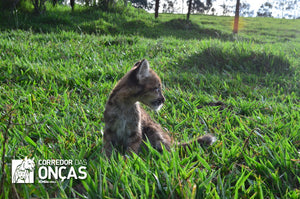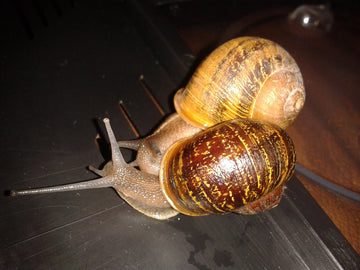The Corridor to the Wild
Ever heard of a wildlife corridor? I hadn't. Not until I googled it for research for this article.
Wildlife bridges are actually pretty cool! They act as bridges over human activities and things like roads so that the animal can continue to live in the habitat where the bridge was built.
And that's what brings us to the focus of today's article: Abayomi, the Brazilian Puma Cub.

The story of this cub starts in what's left of a jungle. The expansion of a South American city drew closer and closer to the habitat Abayomi and his mother lived in. Adapting to the circumstances, Abayomi's mother finds herself hunting for food close to the city.
She finds a chicken coop as an easy prey, but is caught by a trap and tragically passes away. Abayomi is now an orphan.
The cub was taken in by scientists, who worked to rehabilitate the puma to the wild.

This event brought scientists to realize that habitats were disappearing. It was part of a growing focus on building wildlife corridors. These corridors help to keep the wild animals wild while also protecting them from human civilization. The corridors connect one wild habitat to the next wild habitat, allowing animals to move safely from one zone to the next.
Abayomi's story is important because it highlights the importance of having wildlife corridors. It will help to preserve animal habitats, and keep from Abayomi's story happening over and over again.

Alongside this narrative of survival comes a support for SEL. This book does discuss elements of loss, and can open the door to conversations surrounding grief.
To learn more about Abayomi"s story, click the picture below!





